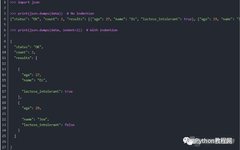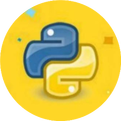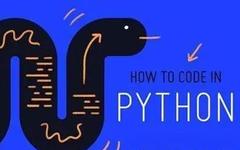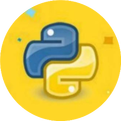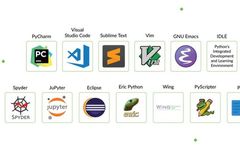Python Beginner Tutorial: 18 Efficient Programming Tips
关注👆公众号、回复「 python」领零基础教程!来源于网络,侵删 Getting acquainted with the Python language, you feel that Python meets all your requirements for a programming language from school. The efficient programming techniques in Python excite those who have spent four years learning C or C++, finally feeling liberated. If a high-level language can’t achieve this, what’s the point of being a … Read more
